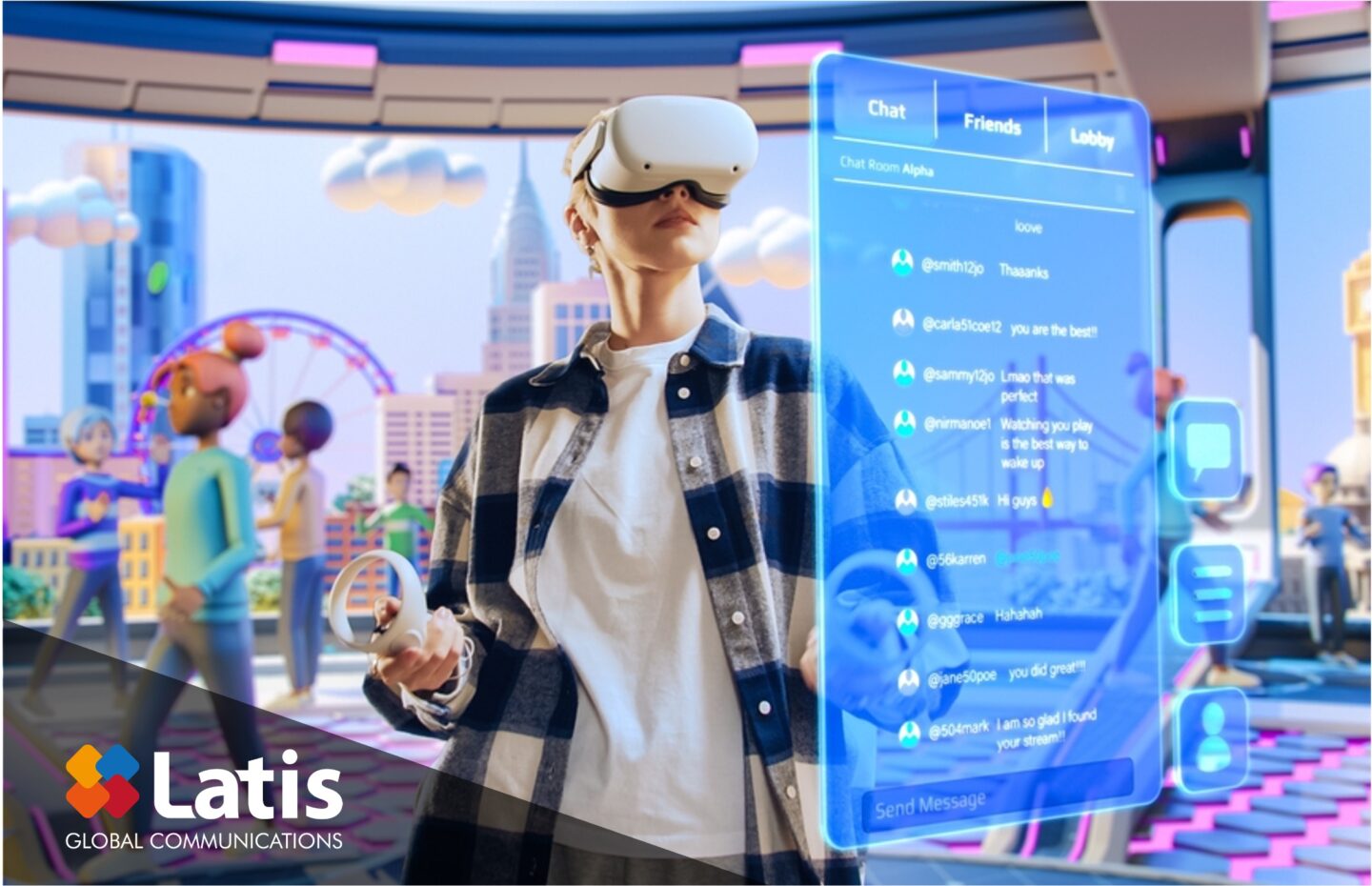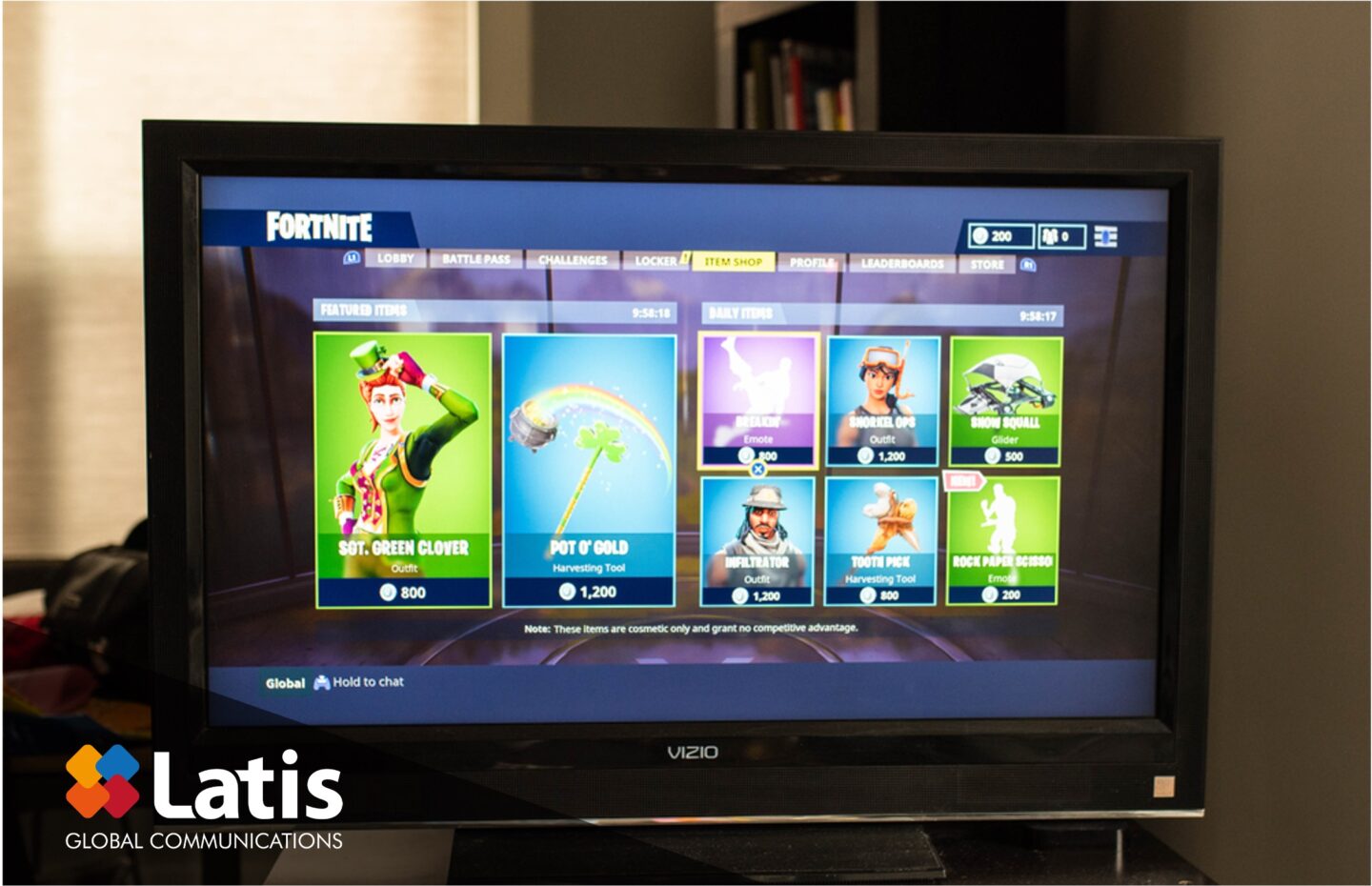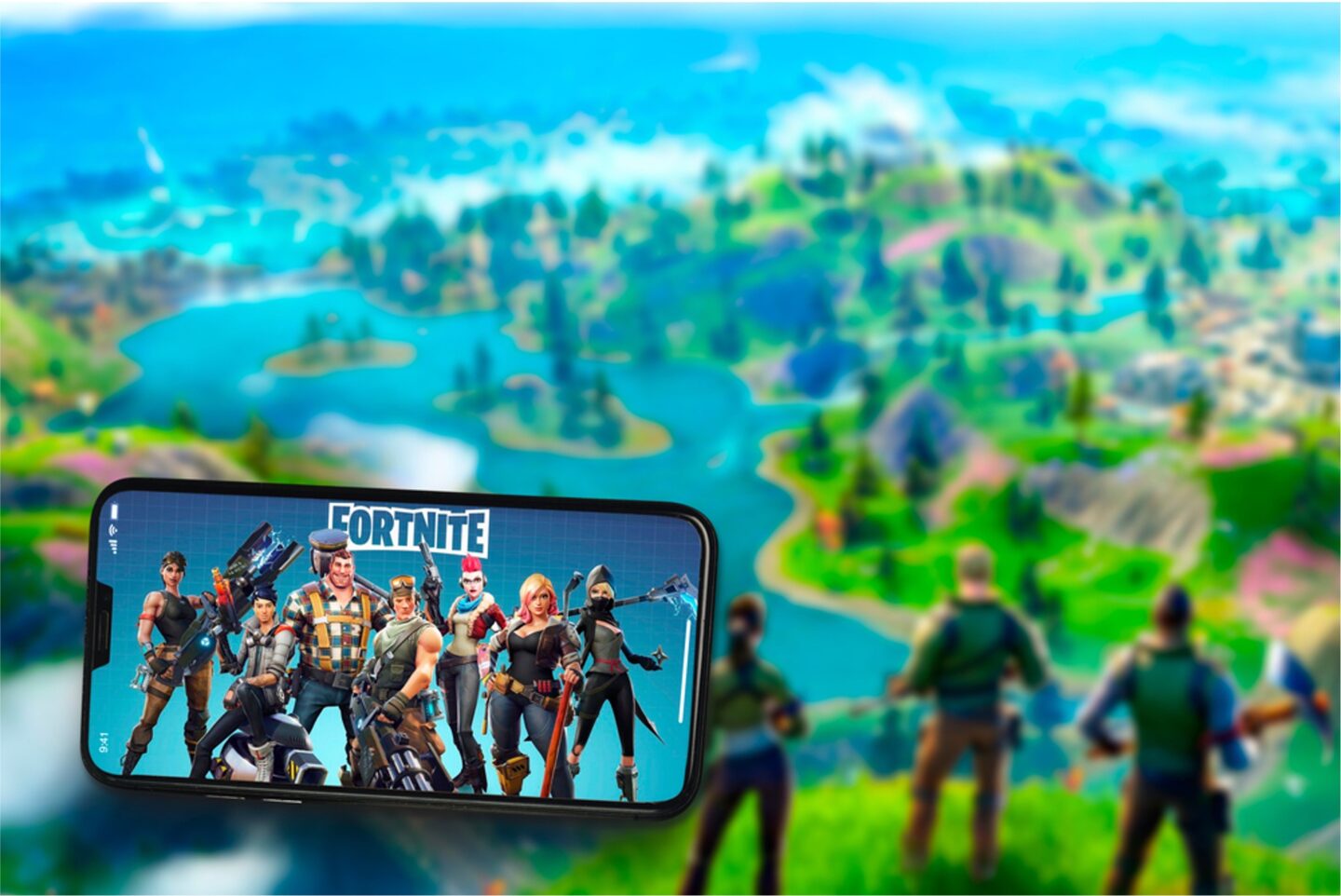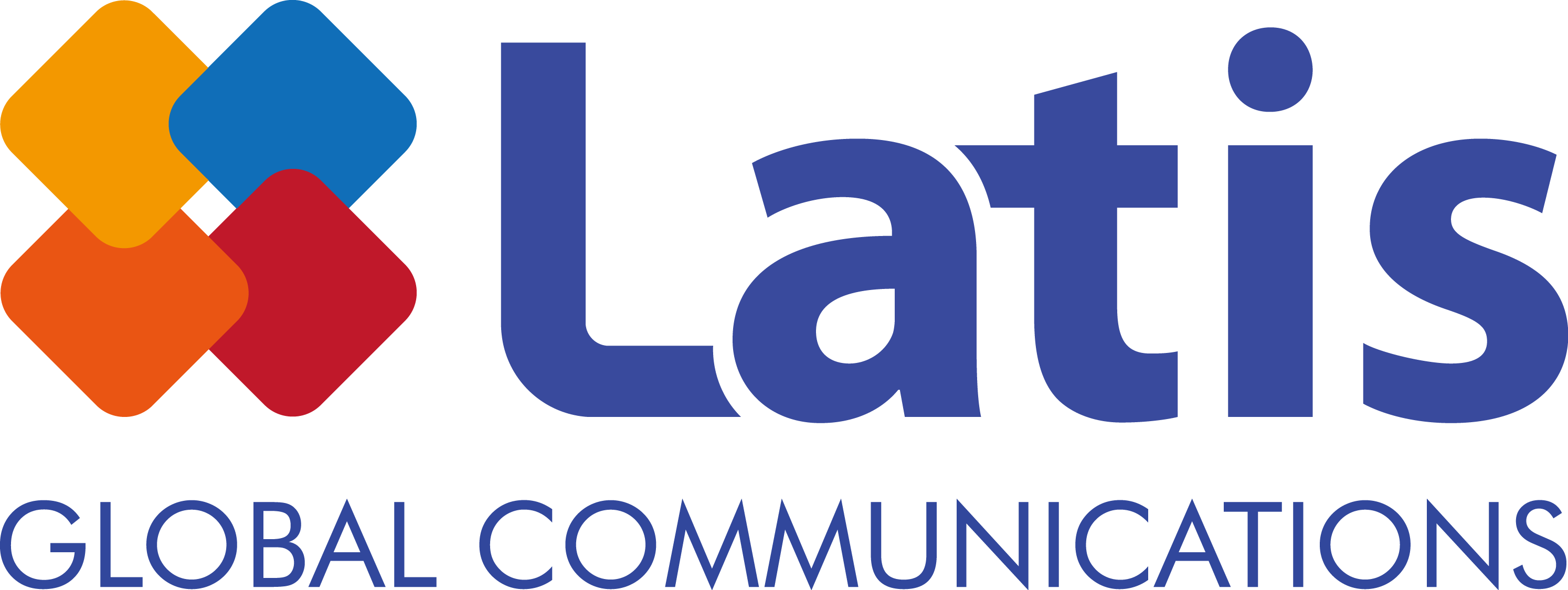
When it comes to new trends in the gaming industry in 2024, many research institutions predict the development and diversification of more gaming platforms with the latest technological advances in gaming.
That’s why it’s so important for anyone working in the gaming industry to pay attention to the gaming industry trends for 2024. So what are the new trends?
Today , we’ll pick up where we left off and look at trends in the global gaming market in 2024.
The Growth of VR Gaming
It’s becoming increasingly common for games to be released in VR mode. We’re seeing signs of a revival in the VR market. Global big tech companies have been steadily unveiling VR devices that have lowered the price and upgraded the specs of what was once a high entry barrier. ByteDance unveiled PICO 4 in the second half of 2022, and Meta launched its mixed reality (MR) device, QUEST 3, and Ray-Ban it’s lightweight smart glasses in Q4 of 2023. Apple is expected to release its Vision Pro as early as 2024 Q1, and Samsung is expected to release a competitor to the Vision Pro in the first half of ‘24, so it’s safe to say that the VR market will be growing this year.

Retro Games and Remakes
Retro gaming has been trending in recent years. This retro gaming trend has been heavily influenced by the steadily growing console gaming market. With the increasing interest of consumers in retro games, game companies have been consistently releasing retro games based on old game IPs. Here are some examples of gaming companies’ growing interest in retro games. Atari, a global gaming company that owns more than 100 IPs for console game titles released in the 1980s and ’90s, says it plans to create new games based on these IPs and convert some of them for use on newer consoles.
When re-releasing a retro game, the game company chooses between a remaster and a remake. Remastering refers to enhancing the performance of elements such as graphics and sound to the latest standards. There are no changes to the game’s gameplay, story, or anything else in terms of content, though. On the other hand, a remake refers to a complete reconfiguration of the existing game while maintaining the core elements of the game, such as the story. It’s all about capturing the essence of the previous installment while giving it a modern reinterpretation.
Square Enix did well with its Final Fantasy VII remake, and Bungie released a remastered version of Halo. Capcomremade Resident Evil 4to positive reviews.

On a side note, game companies should not just think of retro games as an easy way to generate revenue. Today’s classic game users have proven that old games can be just as timeless as old music and movies, and game companies should keep in mind that their expectations are not low. Even if you leverage an existing IP,users expect something extra. Resident Evil 4, remade after 18 years, is a title that taps into both nostalgia and novelty for players. We’re looking forward to seeing more retro games released with a fresh take on their genre, and hopefully more retro games will offer more than just nostalgia to classic gamers.
Game BM: Battle Pass
The last thing we want to mention is the revenue model (monetization). Game revenue models began with the traditional method of selling packages, and then the flat-rate (or subscription) system emerged, eventually leading to the model known as freemium or free-to-play (F2P). These three revenue models have their own advantages and disadvantages, so it cannot be said that they replaced the previous model. Game companies are choosing the appropriate revenue model based on each game style and target audience.

The gaming industry was able to grow quickly through the lucrative free-to-play model. Among F2P models, the P2W (Pay to Win) model was actually at the center of it all. Users were fond of the cosmetic items they could get for sure, but they also showed great interest in purchasing randomized items that made it easier, faster, and increased the chances of winning the competition the more they paid. This monetization model, which concentrated on lottery items, led to a significant increase in revenue; however, it also faced strong criticism and condemnation. There was an increasing concern about excessive fatigue with randomized items, and doubts about the probability itself continued to grow. This has also led to government regulations.
As a result, many game companies have recently started to introduce Battle Passes, which maintain the F2P aspect of the game but replace the randomized items. A Battle Pass is a system where you pay a certain amount of money to get certain in-game items or resources based on your progress, such as days of attendance and achievements. Users are attracted to Battle Passes because they feel the rewards they receive outweigh the cost. From the perspective of the game company, users who are tired of randomized items tend to use the game for a longer period of time. Therefore, although the revenue may be lower in the short term than a randomized model, additional revenue can be secured through the purchase of additional goods as users continue to play the game, following the Battle Pass revenue. A big benefit is that the user’s complaints disappear and the game’s ratings increase when the P2W model is immersive.

A successful example is Epic Games, which generated nearly $50 million (KRW 700 million) in Battle Pass revenue alone on the launch day of Fortnite Season 3. The Battle Pass is only $10. Blizzard also released Overwatch 2 as a free-to-play game ad introduced the Battle Pass. This was a departure from the packaged sales approach of its predecessor. The recently released Diablo 4 has also implemented Battle Passes, offering three different pass types that provide varying rewards.
Korean game companies are also attempting to introduce battle passes, led by Nexon, who have implemented a 3NO (No P2W, capsule items, or chance-based items) policy. Krafton’s PUBG: Battlegrounds has been switched to free and they too have started selling Battle Passes. As a result, it has attracted more than 2 million new users per month, with a peak of 670,000 concurrent users.

While we’re not saying that Battle Passes are the only way to go, we do think that they can be seen as a win-win for users and game companies, as they provide a more user-friendly billing model. Battle passes are arguably the most popular revenue model right now, as they’re a more advanced form of monetization that not only keeps users happy, but also positively impacts a game’s bottom line in the long run.
That’s all for today. What do you think? The gaming industry is evolving into a more diverse and exciting landscape thanks to an incredible combination of constant innovation and creativity. And gaming is no longer simply a way to fill time, it is demonstrating its position as a more important industry in modern society. We look forward to seeing games continue to play a special role in the future.



